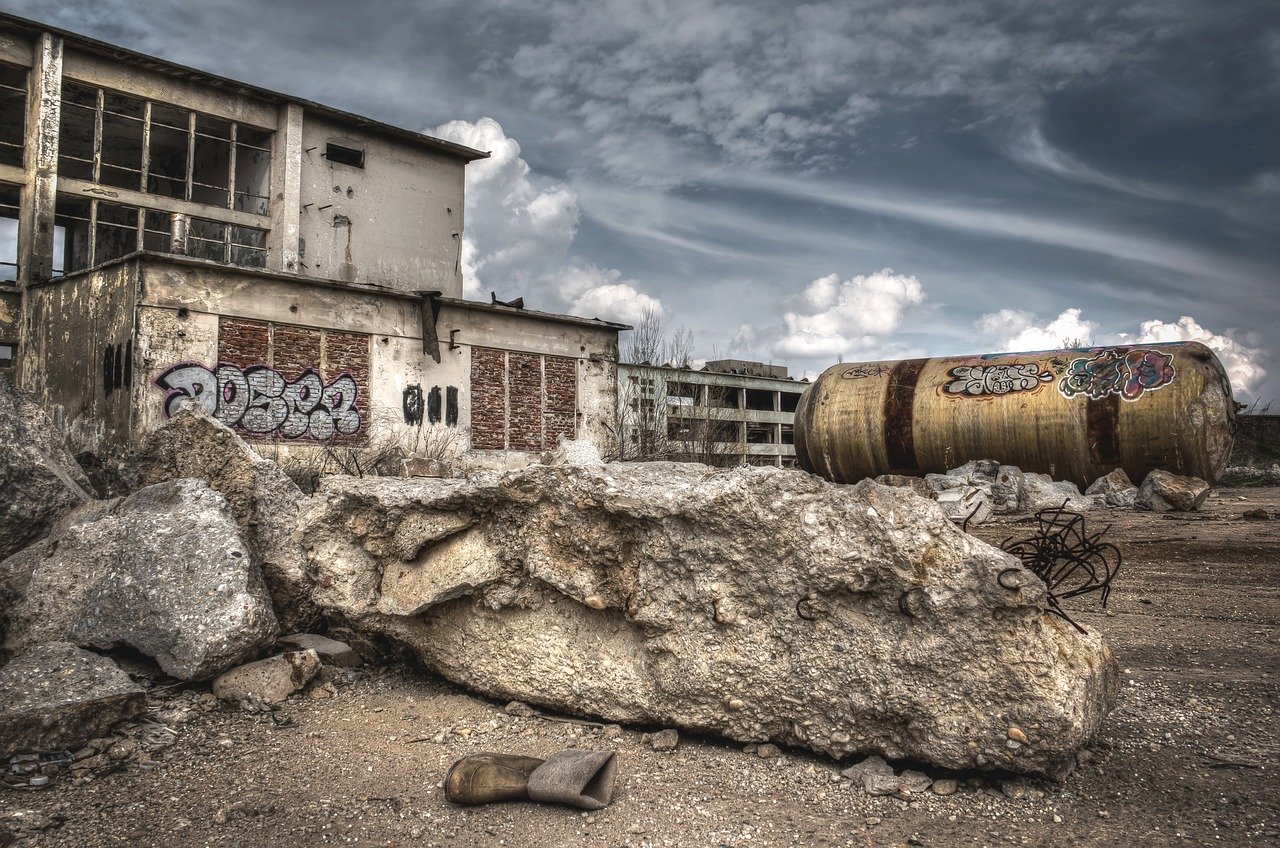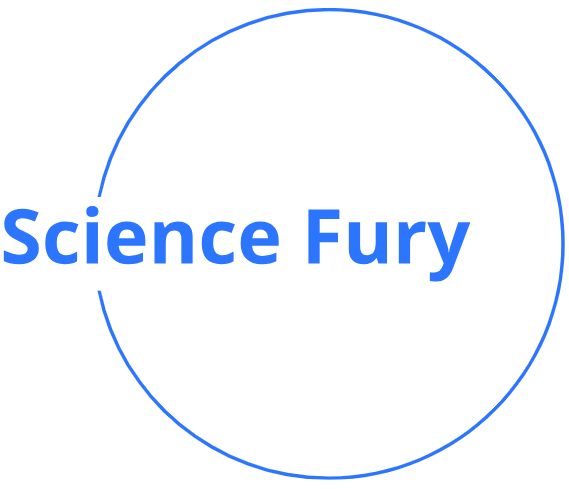
A recent study about nuclear radiation has come up with a discovery that could pave the way to knowing more about space, with the help of fungi found growing inside the Chernobyl reactor that exploded decades ago causing the largest nuclear disaster in history.
Space shields and the radiation
Protecting astronauts from deadly cosmic rays is one of the biggest challenges facing manned flights to Mars. Some scientists at different universities have talked about an unconventional solution to this problem by developing shields using a fungus that grows near a Chernobyl reactor that absorbs radiation.
The New Scientist journal stated that the fungus succeeded in blocking some cosmic rays during a test aboard the International Space Station, which represents a hope that guarantees a safe travel in space in the future.
Light shield and the radiation
Researchers from Johns Hopkins and Stanford universities published their study on the Internet last week, stating that a thin layer of swollen streptococcus mushrooms succeeded in blocking 2% of the cosmic rays that fell on them during the test aboard the International Space Station.
Although this is not enough to protect the astronauts, the test was done using a thin layer of fungus that is no more than two millimeters thick. Scientists believe that a layer of 21 centimeters thick of mushrooms is enough to protect astronauts on Mars.
Easy installation
The Journal of the New Scientist reported that researchers studied fixing mushrooms in the tissues of the astronaut’s suits. The ability of the fungus to reproduce is the biggest advantage of the shield because it helps repair damaged parts.
Nils Aversh, co-author of the study, told the New Scientist journal that few grams of fungus are sufficient to develop the shield. He added that the ability of the mushrooms to reproduce helps to repair the affected parts within several days.
Researchers said that these fungi can absorb nuclear radiation as well as harmful cosmic rays, which makes them eligible to protect humans from this deadly radiation, which may open the way for exploration of more space secrets, or even the establishment of future Mars colonies, according to the scientific journal “New Scientist”. The most prestigious British.
In 1991, 5 years after the Chernobyl disaster, black fungi were found sprouting over the remains of the abandoned reactor walls.
After studying these fungi, scientists discovered that they grow towards radiation as if they were attracted to it, because they contain pigments that allow them to absorb harmful rays and convert them into energy.
These fungi work in the same way that plants convert carbon dioxide into oxygen and glucose in photosynthesis.
Exposure to cosmic rays poses a great danger to astronauts who leave the protective atmosphere of the Earth, and can be protected with shields of steel and other materials, but these materials must be shipped from Earth, which is difficult and expensive.
“What makes fungi a great solution, is that you only need a few grams to start,” said Nils Afrish, a researcher at Stanford University and co-author of the study, for New Scientist, referring to their rapid growth and reproduction.
Afrish noted that the fungi reproduce themselves, and “even with a strong solar flare, you will be able to grow again in a few days.”
The results of the study have not been published yet, leaving the scientific community waiting for the conclusion that could revolutionize human protection from radiation.
Cryptococcus neoformans

The fungus that is known for eating radiation is called Cryptococcus neoformans. This type of fungus was discovered in the abandoned Chernobyl nuclear power plant in Ukraine in the 1990s. The discovery was made by a team of scientists from the Albert Einstein College of Medicine in New York.
The unique ability of this fungus to feed on radiation was found to be due to a process known as radiosynthesis. Radiosynthesis is a metabolic process that allows the fungus to use radiation as a source of energy to grow and reproduce.
Scientists believe that the fungus uses the radiation to convert melanin pigment in its cell walls into chemical energy. Melanin is the same pigment found in human skin and helps protect us from the harmful effects of radiation.
The discovery of Cryptococcus neoformans has led to new research into the potential uses of radiation-eating fungi in bioremediation. Bioremediation is the process of using living organisms to clean up pollution or contamination in the environment.
It is believed that these radiation-eating fungi could be used to clean up radioactive waste in areas such as nuclear power plants, radioactive mines, and even space stations. The fungi could potentially convert the radioactive material into non-toxic compounds, making the areas safer for humans and other living organisms.
Overall, the discovery of Cryptococcus neoformans and its unique ability to eat radiation is an exciting development in the field of bioremediation and could have significant implications for cleaning up contaminated areas around the world.
